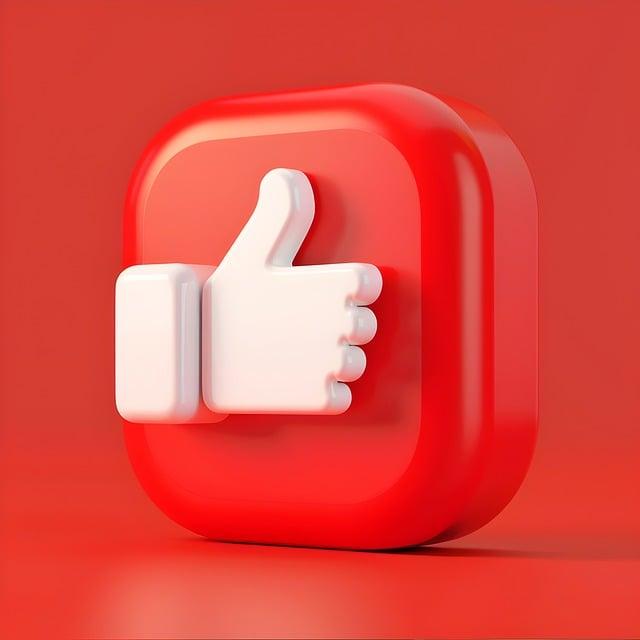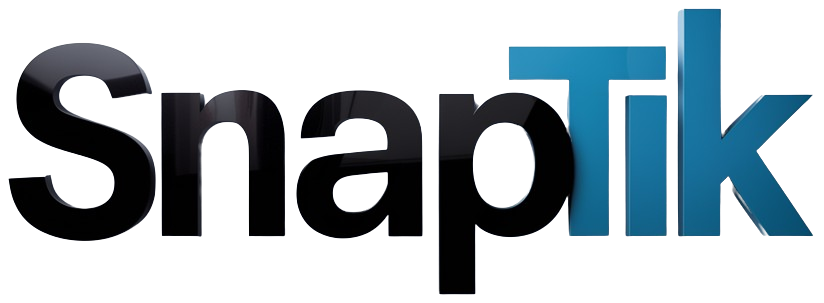In the ever-evolving landscape of content creation, navigating the complex world of music copyright on platforms like YouTube has become an essential skill for creators. The YouTube video titled “” delves into the various methods creators can use to incorporate copyrighted music into their videos. From using screen recorders to pay for licensing, each method comes with its own set of pros and cons. Join us as we explore the different ways creators can navigate through the copyright maze and find the best solution for their content. Please note that the information provided is for entertainment purposes only, so proceed at your own risk as we uncover the strategies for using copyrighted music in your videos effectively.
– Using Copyrighted Music for Free: Pros and Cons
Pros and Cons of Free Use of Copyrighted Music
Using copyrighted music for free may seem attractive, but it comes with its own set of drawbacks. On one hand, you eliminate licensing fees and are free to use any song you desire. However, it’s crucial to note that YouTube’s Content ID system may still flag your video and restrict its visibility, monetization, or tracking, especially in specific countries.
If you’re considering using copyrighted music without permission, weigh the potential consequences of doing so. Consider whether the potential restrictions and risks are outweighed by the ease and financial savings of free use. Remember, while it may be tempting to incorporate popular songs into your videos, it’s important to do so responsibly and carefully to avoid potential legal complications and maintain the integrity of your content.
– Screen Recording: A Straightforward but Risky Method
Screen recording: A straightforward but risky method
Screen recording is likely the simplest way to use copyrighted music. With a screen recorder, you can capture the audio and video of a copyrighted song and then use it in your video. This method is relatively easy to do, and it’s also free. However, there are some drawbacks to using this method.
Firstly, YouTube’s Content ID system is very good at detecting copyrighted content. This means that your video is likely to be claimed by the copyright holder, and you could lose the ability to monetize your video or have your video blocked in certain countries. Secondly, screen recording can result in poor audio quality. So, before using screen recording, be sure to weigh the pros and cons carefully.
Pros:
- Free to use
- Easy to do
Cons:
- Your video is likely to be claimed by the copyright holder
- Can result in poor audio quality

– Licensing Music: A Paid but Effective Option
Paid Licensing: An Investment in Content Legitimacy
Licensing music is a surefire way to avoid copyright claims and protect your channel’s reputation. While it does involve an expense, it guarantees the legitimate use of copyrighted material, ensuring that your content remains accessible and monetizable. Whether it’s for paid ads, monetized videos, or brand partnerships, using licensed music protects you from potential legal consequences and enhances the credibility of your videos.
| Reason | Benefit |
|---|---|
| Avoiding Copyright Claims | Protect your videos from being blocked or demonetized |
| Ensuring Legal Compliance | Comply with copyright laws and avoid legal ramifications |
| Establishing Content Legitimacy | Enhance credibility and professionalism by using authorized music |
| Preserving Monetization | Maintain ad revenue and avoid penalties for unauthorized usage |
Paying for licensing provides a safe and legal way to use copyrighted music. Consider specialized companies that offer budget-friendly licenses for indie artists or royalty-free music libraries. However, it’s crucial to read the terms carefully to avoid unexpected restrictions or costs.
Free Alternatives: Creative Commons and Attribution
Despite YouTube’s Content ID system, there are ethical and legal options for using copyrighted music free of charge. Creative Commons offers music under various licenses that allow reuse with proper attribution. Additionally, giving proper credit to the copyright holder in your video description and annotations can demonstrate good faith use and reduce the risk of copyright claims.
Q&A
Q: What are the different ways to use copyrighted music in your YouTube videos discussed in the video “”?
A: The video mentions four different methods to use copyrighted music, including using a screen recorder to record the song, paying for a licensing for the song, utilizing music licensed for content creators, and obtaining permission directly from the music artist or rights holder.
Q: What are the pros and cons of using a screen recorder to record copyrighted music for your YouTube videos?
A: The pro of this method is that you can use any song you want; however, the con is that YouTube’s Content ID system may detect the song and claim your video, potentially leading to restrictions on your video’s viewership, monetization, or revenue sharing with the rights holder.
Q: Is it recommended to use copyrighted music in YouTube videos just for fun or meme content?
A: While it is technically an option, the recommendation is to be cautious as using copyrighted content without permission can result in restrictions and potential consequences for your video. It is suggested to explore other options for using music legally in your videos to avoid these issues.
Q: Can you pay for licensing for popular music artists’ songs for your YouTube videos?
A: It is challenging and expensive to obtain licensing for songs by popular music artists, as it often requires significant funds. Some companies in the music for creator space claim to offer licenses for popular music, but it is advised to carefully review the terms and conditions of such licenses to ensure compliance and avoid potential issues.
Insights and Conclusions
As we wrap up our discussion on navigating the YouTube music copyright maze in 2024, it’s clear that there are various ways to incorporate copyrighted music into your videos. Whether you choose to use a screen recorder to capture a song or explore paid licensing options, each method comes with its own set of pros and cons. Remember, this is not legal advice, so proceed at your own risk and always prioritize compliance with copyright laws.
Ultimately, the choice is yours on how you want to approach using copyrighted music in your content. Just be aware of the potential consequences, such as video blocks or monetization issues, that may arise from using unauthorized music. Whether you’re creating meme videos for fun or aiming to monetize your content, it’s important to consider your goals and the best approach for your unique situation.
Thank you for tuning in to our discussion on this complex topic. We hope you found the information helpful as you navigate the ever-changing landscape of music copyright on YouTube. Stay creative, stay informed, and keep making amazing content. Until next time!
